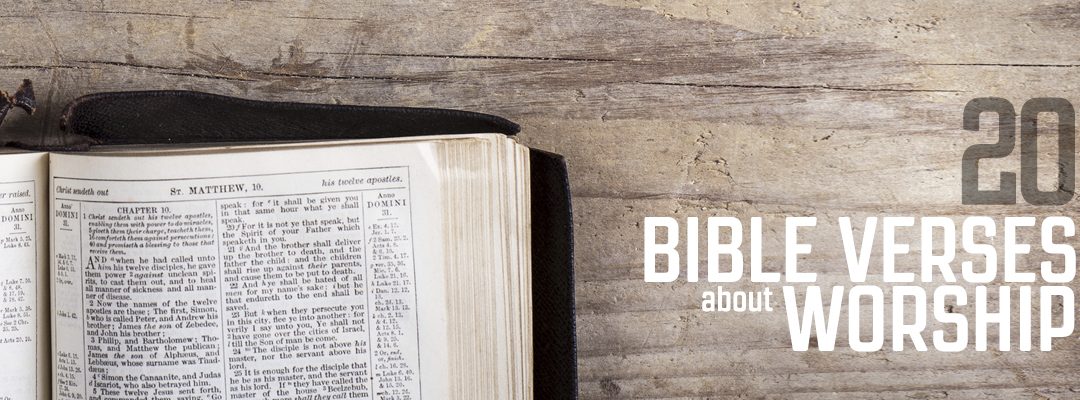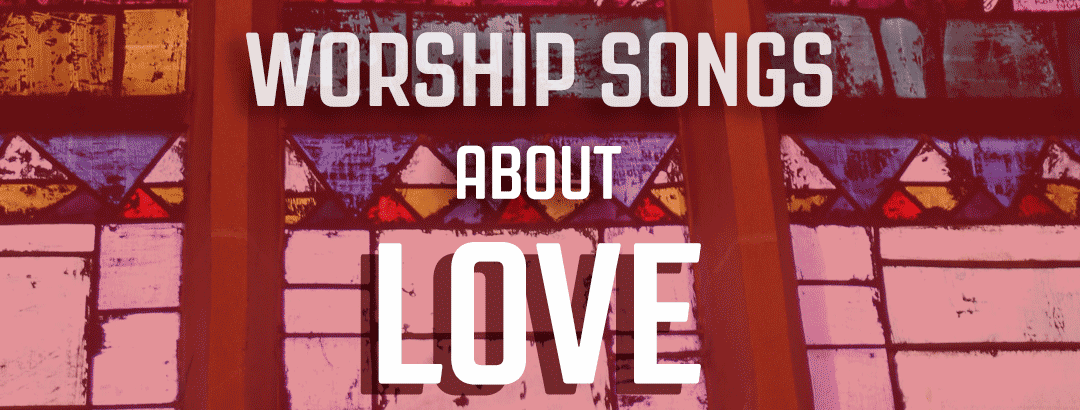Churches integrate music into their services in a number of ways. Some churches want the songs to match with the message’s theme, and others don’t feel that’s a necessity. While there’s definitely no wrong or right way to construct your service, it can be really moving to build your entire service around a singular theme.
If you’re a worship leader who’s interested in constructing a more cohesive service, here are four tips for getting it done:
1. Create a collaborative workflow with the pastor
There needs to be a regular workflow to keep communication open between you and the pastor. This ensures that you know what sermon series ideas are coming up and what themes will be covered, and your pastor knows what kind of worship songs, special music, and visual elements could support those ideas.
Whether there’s an upcoming Palm Sunday sermon, Easter sermon or a teaching about the sermon on the mount, iIdeally, you should touch base often enough that each person’s input inspires the work of both parties. This way the worship leader isn’t just trying to pick songs around a specific theme found in the Word of God. Their creative input is actually expanding what the pastor is able to accomplish as well.
2. Determine how you want to set up the sermon
The question is deeper than “does this song match today’s theme?” If you lead worship before the sermon, you want to work out the rhythm of the set. Where is the climax of worship? Where do you want people to be when you’re finished?
Think of it like you’re handing the congregation off. What emotional space best prepares them to engage with the message? Do you want them enthusiastic and energized, or do you want them thoughtful and pensive? Being intentional about where you’re taking them emotionally is an important part of worship leading.
This is a question that you can work out with your pastor on a weekly basis. It can help you choose the best music, responsive readings, or corporate prayers to set up the message.
3. Determine how you want to close the service
Everyone’s just listened to a message, and now it’s time to respond. What’s next? Is the music going to facilitate prayer or altar call of some type? How about communion? What kind of song is going to help set the correct mood?
Lastly, you want to think about how people are leaving the service. Do you want them marching out ready to take over the city or would it be more appropriate to set a more reflective tone? Think this through, and transition accordingly.
4. Choose songs for the sermon or series
Once you have a synopsis of the sermon and have established the rhythm of the service, you can pull together appropriate songs. If your pastor is going through a sermon series, think about all the services as a whole. Would certain songs better lend themselves to specific weeks?
It can be helpful to identify a theme for an entire series. Then, choose a song that helps reinforce the overarching message running through the sermon. Since the music your church sings tends to stick with them, try to find or write a song that revolves around an appropriate verse. After all, if you’re going to have something stuck in someone’s head, what could be better than Scripture?
Bookmark these resources!
We’ve been hard at work creating blog posts to make choosing service elements easier. Check out the following posts for songs, benedictions, and calls to worship!











